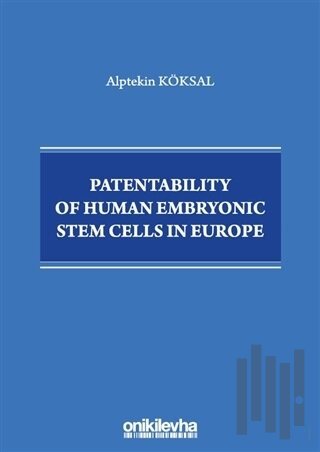
Human embryonic stem cell (hESC) research is one of the most controversial issues in the modern world. The topic has ethical, economic and social aspects. Controversy occurs when assessing the balance between medical benefits and the protection of human dignity, both of which are of vital importance. Thus, reaching a common ground and resolving the conflict seems far from being achieved as of today. This unresolved issue is also a key topic to patent law in Europe.
This book is mainly a discussion on the patentability of human embryonic stem cells in European Union law, where the morality provision is at the forefront in the legal framework. Therefore, the inefficiency of European patent law generated by the morality clause is argued, and recommendations are made for a more liberal approach in Europe. First, pragmatism should be preferable over ethics in hESC research and patent policy, in order to create effective patent protection for promising biotechnology inventions. Second, patent law should be re-designed and aligned with the economic objectives of European Union law, while respecting the autonomy of the Member States.
Human embryonic stem cell (hESC) research is one of the most controversial issues in the modern world. The topic has ethical, economic and social aspects. Controversy occurs when assessing the balance between medical benefits and the protection of human dignity, both of which are of vital importance. Thus, reaching a common ground and resolving the conflict seems far from being achieved as of today. This unresolved issue is also a key topic to patent law in Europe.
This book is mainly a discussion on the patentability of human embryonic stem cells in European Union law, where the morality provision is at the forefront in the legal framework. Therefore, the inefficiency of European patent law generated by the morality clause is argued, and recommendations are made for a more liberal approach in Europe. First, pragmatism should be preferable over ethics in hESC research and patent policy, in order to create effective patent protection for promising biotechnology inventions. Second, patent law should be re-designed and aligned with the economic objectives of European Union law, while respecting the autonomy of the Member States.
| Taksit Sayısı | Taksit tutarı | Genel Toplam |
|---|---|---|
| Tek Çekim | 52,00 | 52,00 |










